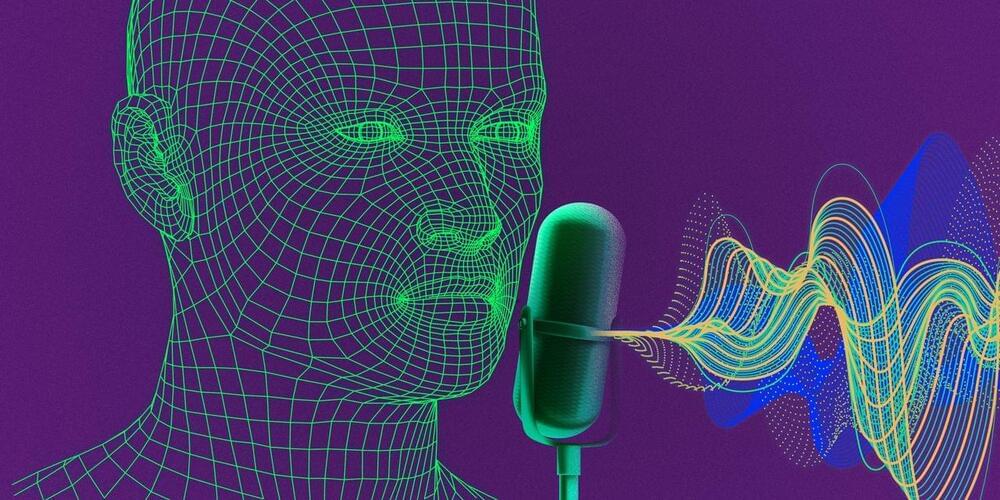Some GPU cryptomining outfits, having survived a bleak winter of discontent, have started to grasp AI acceleration opportunities.


That may just be all that the company has to offer right now.
Google’s I/O event which is currently underway is the platform for the company to showcase how it plans to take on the might of Microsoft in the next frontier of technology, artificial intelligence (AI). What the company’s loyal followers seem to have gotten is a rebranding of its AI tools for Docs and Gmail, The Verge.
400tmax/iStock.


MOUNTAIN VIEW, Calif. (AP) — Google on Wednesday disclosed plans to infuse its dominant search engine with more advanced artificial-intelligence technology, a drive that’s in response to one of the biggest threats to its long-established position as the internet’s main gateway.
The gradual shift in how Google’s search engine runs is rolling out three months after Microsoft’s Bing search engine started to tap into technology similar to that which powers the artificially intelligent chatbot ChatGPT, which has created one of Silicon Valley’s biggest buzzes since Apple released the first iPhone 16 years ago.
Google, which is owned by Alphabet Inc., already has been testing its own conversational chatbot called Bard. That product, powered by technology called generative AI that also fuels ChatGPT, has only been available to people accepted from a waitlist. But Google announced Wednesday that Bard will be available to all comers in more than 180 countries and more languages beyond English.


Advancements in generative art have many human artists on edge. But should they be worried?

A leaked memo from a Google employee makes a bold claim that’s taking hold in Silicon Valley and beyond: Big Tech’s advantage in artificial intelligence is shrinking quickly.
The memo, published Thursday on the website for the tech research firm SemiAnalysis, soon became a top story on AI forums, including the popular HackerNews message board and Reddit’s /r/MachineLearning community, which has more than 2.6 million members, and sparked commentary from some of the biggest names in AI.
A Google spokesperson confirmed the memo was authentic but said it was the opinion of one senior employee, not necessarily the company as a whole.


This article contains paid promotion for Sandvik.
THIS real-life statue was made with artificial intelligence.
Dubbed the “Impossible Statue”, this project was made by combining the works of five different historical artists using AI. At 150cm tall, weighing 500 kg carved from stainless steel, the sculpture showcases just how far technology has come and its ability to transform the future of how we build our world.